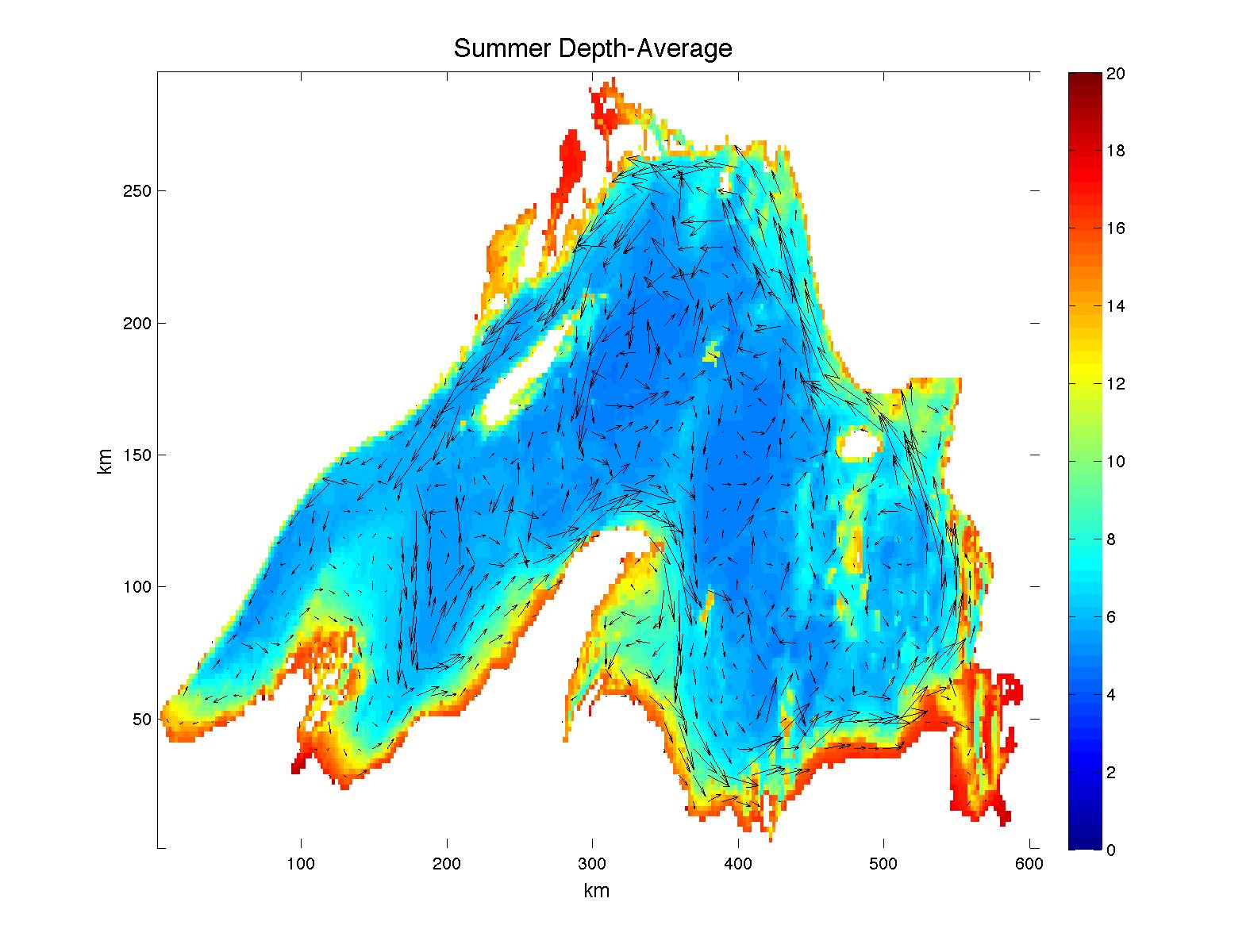What you Can Do With a Really Rather Realistic Ocean Model
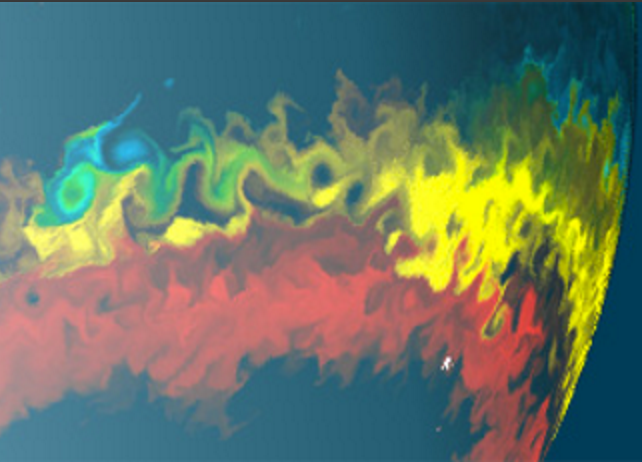
This month we spotlight research from MIT’s Darwin Project exploring how changes in spatial resolution impact emergent biogeochemistry and phytoplankton community structure in their work using MITgcm and the biogeochemical models they have built to surround it.
The Trouble With Sea-Ice
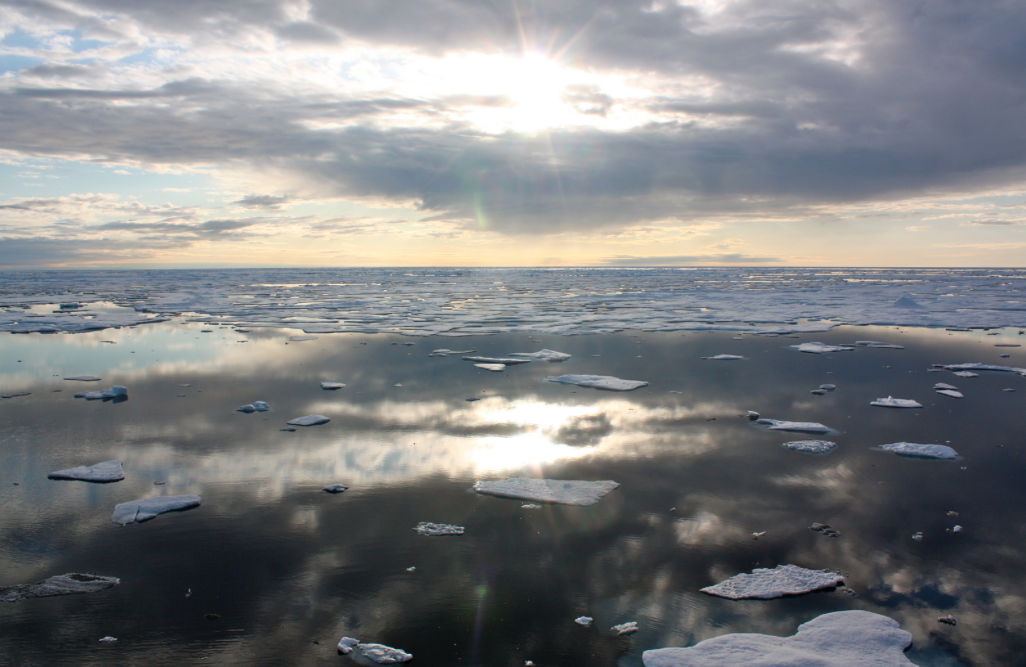 This month we spotlight work by a team from McGill University who have been using MITgcm to model oil spill scenarios around the Arctic Ocean Basin to better understand spill behavior in the presence of sea-ice.
This month we spotlight work by a team from McGill University who have been using MITgcm to model oil spill scenarios around the Arctic Ocean Basin to better understand spill behavior in the presence of sea-ice.
Mercury Rising
 A joint Harvard – MIT study uses MITgcm to explore the biogeochemistry of riverine mercury.
A joint Harvard – MIT study uses MITgcm to explore the biogeochemistry of riverine mercury.
Ocean Biology Meets Physics
![]() In this video, Mick Follows describes his group’s work using MITgcm and ECCO2 products to better understand the global carbon cycle and plankton populations.
In this video, Mick Follows describes his group’s work using MITgcm and ECCO2 products to better understand the global carbon cycle and plankton populations.
Adjoint approaches to assessing local vulnerability to buoyant surface plumes
![]() Prompted by the recent spill in the Gulf of Mexico, Ross Tulloch, Chris Hill and Oliver Jahn have been using MITgcm to compute the vulnerability of individual locations to remote buoyant surface plumes.
Prompted by the recent spill in the Gulf of Mexico, Ross Tulloch, Chris Hill and Oliver Jahn have been using MITgcm to compute the vulnerability of individual locations to remote buoyant surface plumes.
Anthropogenic CO2 transport in the Southern Ocean.
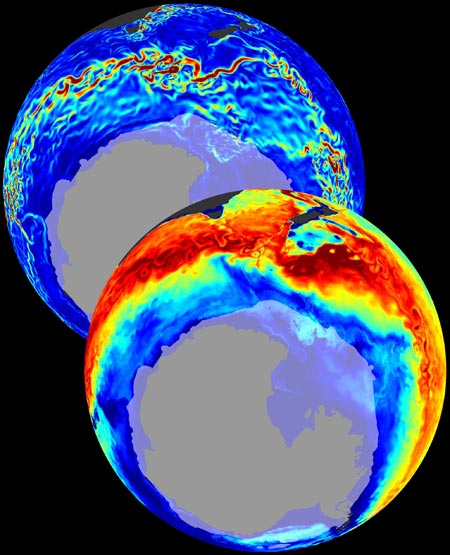 Taka Ito, Molly Woloszyn and Matt Mazloff have been studying anthropogenic CO2 transport in the Southern Ocean. Using MITgcm’s adjoint and offline capabilities, the team find a clear correlation between the pattern of carbon uptake and oceanic vertical exchange in strong support of wind-driven primary regulation of Southern Ocean ACO2 transport…
Taka Ito, Molly Woloszyn and Matt Mazloff have been studying anthropogenic CO2 transport in the Southern Ocean. Using MITgcm’s adjoint and offline capabilities, the team find a clear correlation between the pattern of carbon uptake and oceanic vertical exchange in strong support of wind-driven primary regulation of Southern Ocean ACO2 transport…
Ecological Control of Subtropical Nutrient Concentrations
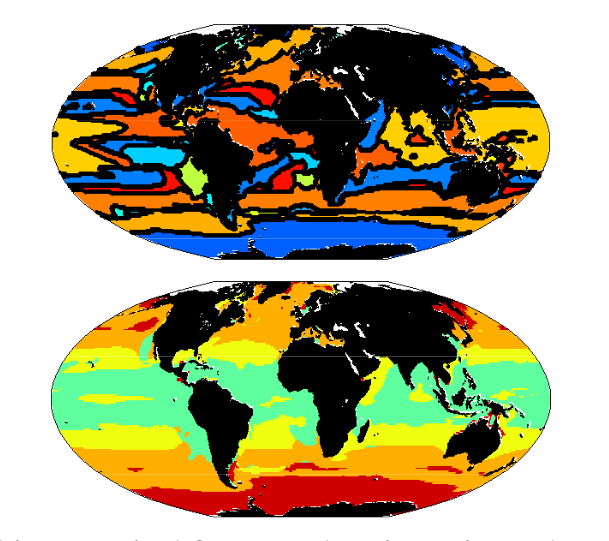
In this article we spotlight recent work by Darwin Project team members Stephanie Dutkiewicz, Mick Follows and Jason Bragg, who have been examining the utility of resource control theory to interpret the relationships between organisms and resources in a global coupled physical-biogeochemistry-ecosystem model built around MITgcm…
Lake Modeling
Work by Galen McKinley and Val Bennington at the University of Wisconsin, Madison using MITgcm to model the general circulation of Lake Superior as part of a project to develop a quantitative understanding of the role such bodies of water may play in the terrestrial carbon cycle…
Ocean Ecosystems
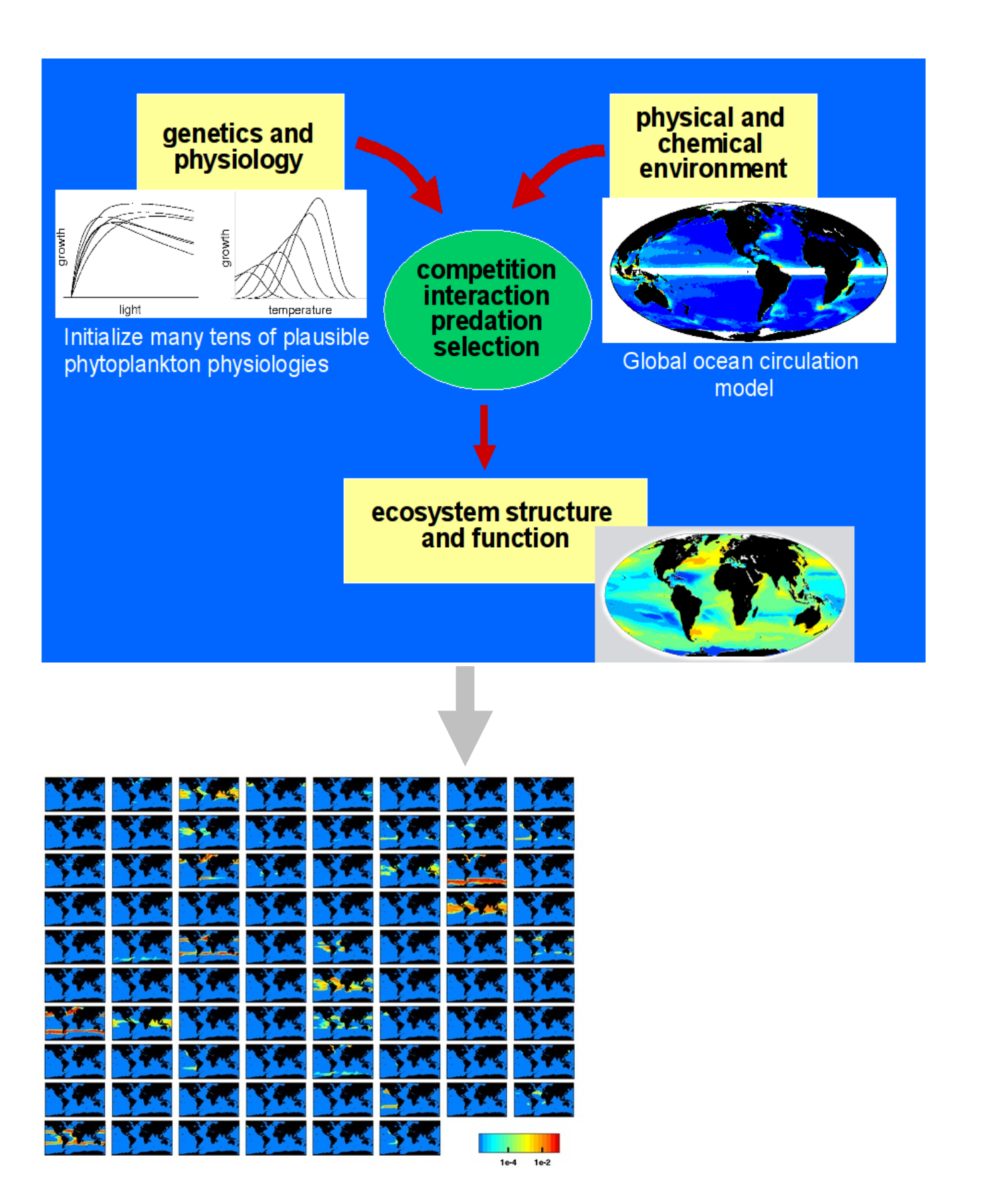 Work by Fanny Monteiro with Mick Follows and Stephanie Dutkiewicz at MIT who have been using the MITgcm to probe the behaviour of self-assembling phytoplankton communities within a global ocean circulation…
Work by Fanny Monteiro with Mick Follows and Stephanie Dutkiewicz at MIT who have been using the MITgcm to probe the behaviour of self-assembling phytoplankton communities within a global ocean circulation…

